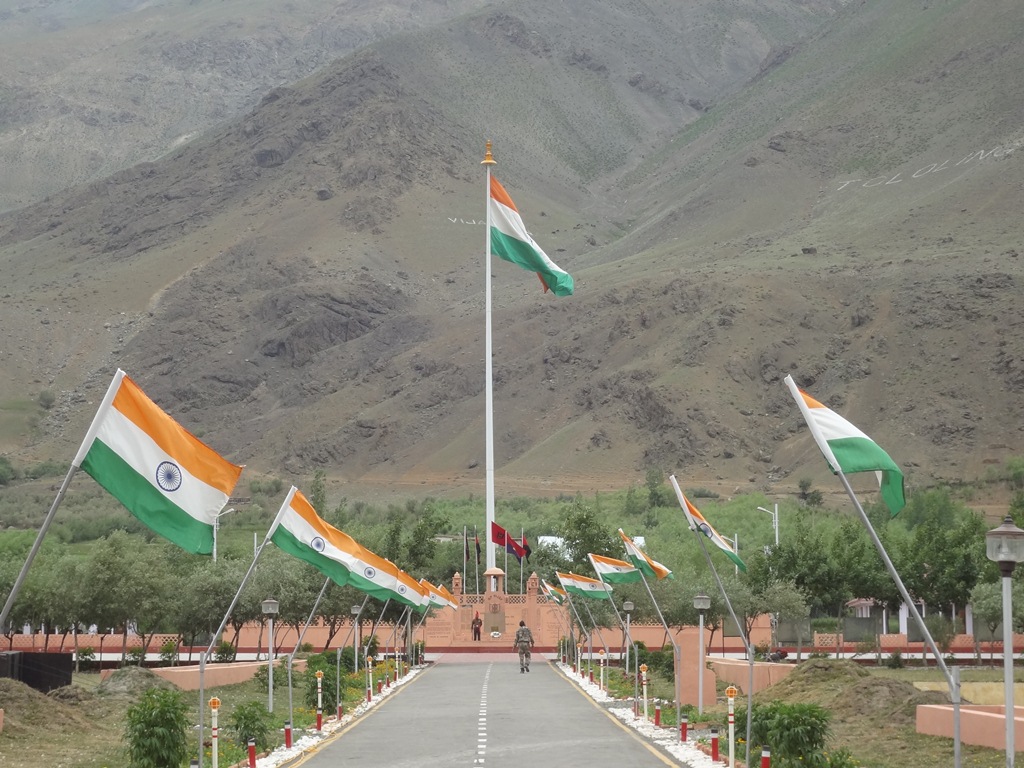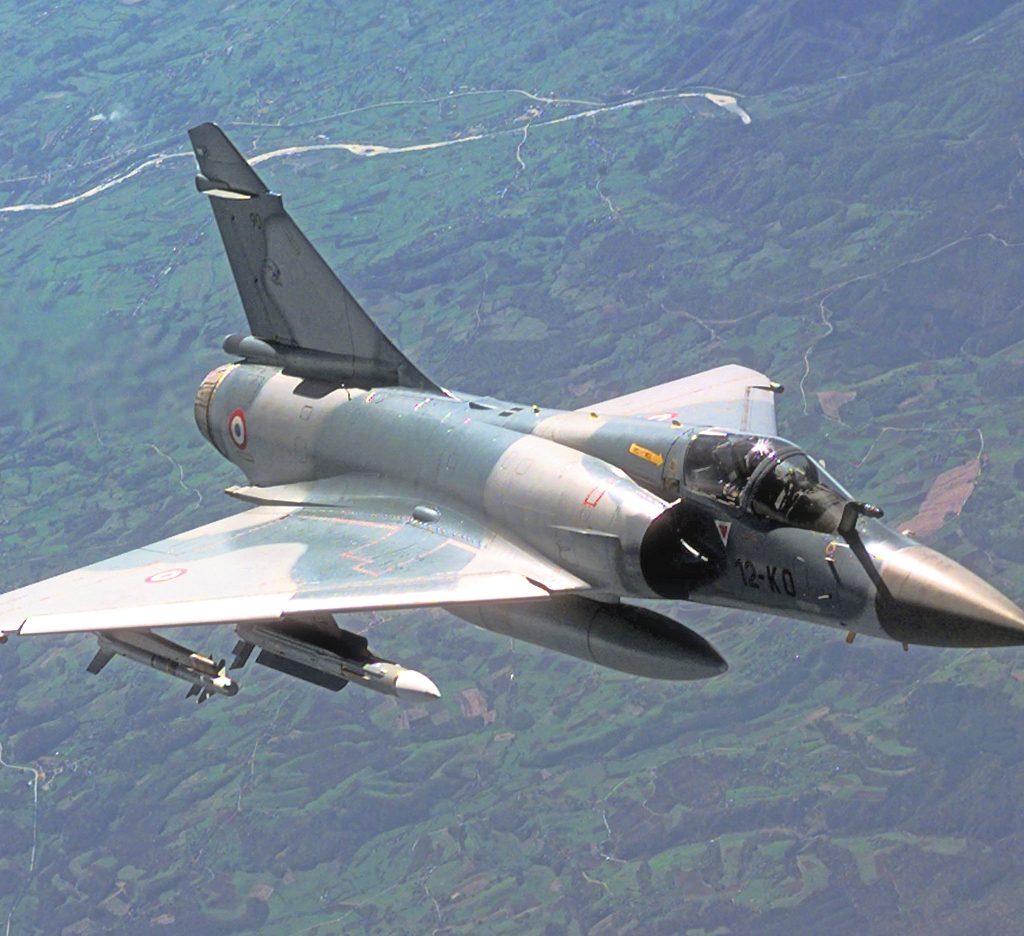By Indrani Pati

Thinkers have multiple views when asked – “Why Kargil Conflict?”. To begin with, there are a few things – Pakistan’s total defeat by the Indian Armed Forces in the previous three wars of 1948, 1965, and 1971 respectively- in particular, 1971, which gave birth to Bangladesh and the world’s largest surrender of Pakistani Armed Forces estimated at more than 90,000 armed men; Secondly, Indian Army’s occupation of Siachen Glaciers, the highest and coldest battlefield of the world in 1984; thirdly, Pakistan’s frustration to see containment of J & K militancy; and finally, opposition from the majority of Pakistan and its Army in particular to the concept and idea of converting LOC into a permanent border between India and Pakistan which had then gained momentum.
Needless to say, the Kashmir dispute between India and Pakistan had been and shall remain the core issue. With these at the backdrop, it is believed that four Pakistani Generals headed by their then Chief of Army Staff, General Musharraf, conceived a plan to occupy 15-20 Kargil heights which later snowballed into 120 peaks aimed at interdicting National Highway-1, the lifeline of Indian troops based at Leh, Siachen, and the Kargil sector. It was strongly believed by the opposition that it would be impossible for the Indian Army to recapture Kargil heights on a military level, thereby, forcing them to vacate Siachen Glacier occupied in 1984. Further, this was to provide a new dimension to militancy in Kashmir and internationalize the issue.
During February 1999, the Pakistan Army sent about 5000 heavily armed men comprising of elite Special Service Groups, and five to six battalions of Northern Light Infantry, backed by Kashmiri Guerrillas and Afghan missionaries to occupy about 120 mountain peaks in the Kargil Sector on the Indian side of LOC comprising of Mushkoh Valley, Batalick, and Kaksar. These posts are generally vacated by the Indian Army during winter months and re-occupied again during April or May every year.
Pakistan’s intrusion in Kargil was first reported by local shepherds on 3rd May, 1999. On this tip-off, an Indian Army patrol led by Capt. Saurabh Kalia was sent during the first week of May. They were ambushed and five Indian soldiers were captured and tortured to death violating all UN conventions on war. Around 10th May, massive infiltration was noticed in Dras, Kaksar, and Mushkoh sector, resulting in ingress between 150-200 Square km of area. Initially, it was thought to be a handful of Jihadis who could have been evicted within a few days.

However, on realizing the enormity of treachery, the Indian Government responded with “Operation Vijay” Mobilizing 200,000 troops; but due to the nature of the terrain, the attacks uphill could be launched at the battalion and company level only. Even though such a large force was mobilized, only close to 30,000 Indian soldiers were actively involved in the conflict. The Indian Air Force launched an operation on 26th May with restrictions of not crossing LOC to avoid escalation. This was for the first time globally, wherein, an air-war was fought at such high altitudes, with targets between 6000 to 18,000 feet above mean sea level. With no oppositions from Pakistan Air force, IAF had enough time to select and interdict well-fortified enemy posts mostly with Mirage-2000 fleets. The Indian Navy was employed to block all trade routes in the Arabian Sea to cut-off Karachi Port.
The Indian Army had the most unthinkable and toughest tasks ahead i.e attacking the mountain peaks uphill with an average height of 17,000 to 18,000 feet where the enemy was sitting well entrenched and equipped. Many posts were heavily mined. Here, the Indian Army had a double dilemma – attacking uphill by day was suicide and attacking by night had the risk of freezing on account of wind chill factor, with temperatures dropping to -13 O C to -15 O C. Above all, Pakistani forces had clear line of sight of NH-1 and could bring down heavy indirect artillery fire, thereby making any move of the Indian troops impossible. India suffered heavily on this account.
Initial Indian attacks were aimed at controlling hills overlooking NH-1, like-Tiger Hill, Tololing Complex in Dras followed by Batalik-Turtok sub-sector. Aim was unambiguous, uncompromising, and at any cost, against all odds to recapture our own territory and push-back the enemy. Fear, life, and death had no place in the mind of an Indian soldier at this juncture. Only restoration of lost glory by any means, at any cost. Airstrike was launched on 26th May and suffered heavy setbacks. On 6th June, the Indian Army launched major offensive in Kargil moving up inch- by-inch, boulder to boulder, re-capturing two key positions in Batalik sector. The first success was on 9th Jun; Tololing was secured on 13th June which shifted the war in India’s favour and by 1st July, India started launching three pronged attacks. Tiger hill was recaptured after 11 hours of battle on 4th July, followed by control of Dras on 05th July, and Jubar Heights in Batalick on 7th July. At this stage, Pakistan came under panic as its position weakened due to mounting casualities, disrupted supply line, its inability to use air-power and a weak, diplomatic platform. PM Nawaz Sharif announced Pakistan Army’s withdrawal from Kargil after a meeting with President Clinton.
By this time 75 to 80% of the intruded areas and nearly all high grounds were re-captured. Indian Army had to assault a number of unknown and unnamed peaks which witnessed fierce hand to hand combat. Even after the withdrawal was announced, the united Jihad Council (an umbrella for extremist group) refused to climb down, and instead, decided to fight till the very end. Hence, the Indian Army continued its attack both by day and night till the last week of July, 1999 and re- captured the whole area on 26th July. On this day, the Indian Army announced complete eviction of Pakistani intruders.
The losses suffered by the Pakistan army have been difficult to determine because of multiple versions. Their official figure stands at 453 killed and about 1000 wounded. Nawaz Sharif stated over 4000 fatalities. Many Pakistani villages got destroyed and displaced because of arty shelling. The Pakistan Government though promised, never gave compensation or assistance to the poor villagers to return to a normal life. Pakistan’s already weak economy, further deteriorated substantially. India’s casualties were 527 dead and 1363 wounded. One Indian pilot was officially captured during the conflict.

In India, there was a surge in patriotism with many celebrations expressing their support for the Kargil cause. Indian Government severed ties with Pakistan and focused on defence preparedness. Media criticized the Government for military procurement irregularities, RAW for intelligence failure, a sense of complacency towards conventional war preparedness under the plea of nuclearism, and so on. On the diplomatic front, Indo-US relations not only improved but viewed a clear shift against Pakistan. The world appreciated India for its matured restrain of not crossing the LOC and restricting the geographical limit of the conflict but at a huge cost of human lives. At the same time it is argued that many lives lost due to frontal attack could have been saved if the Indian Army was allowed to cross LOC to block the supply line and siege the area.
Kargil conflict became the first live war in South Asia with extensive war footage telecast on TV and websites. Many Indian channels showed images from the battle zone in a style reminiscent of CNN’s coverage of the Gulf war. The print media in India and abroad was largely sympathetic to the Indian cause and blamed Pakistan for the conflict. The International community was concerned about the nuclear dimension if the conflict intensified. To that extent, Nawaz Sharif in his biography has claimed that General Parvez Musharraf had actually moved forward nuclear warheads without informing him – such was the level of frustration in Pakistan military hierarchy. In fact, during 2012, retired Maj Gen Abdul Majeed Malik, one of Musharraf’s senior officers, stated that, “Kargil was a total disaster”. Pakistan was in no position to fight India in that area. Hence, on the insistence of Gen Musharraf, PM Sharif got around President Clinton and got Pakistan out of the difficult situation. Benazir Bhutto, then opposition leader and former PM called Kargil War, “Pakistan’s greatest blunder.” Even today, as per intelligence reports, the Kargil blunder is discussed with disdain in Pakistani barracks.

